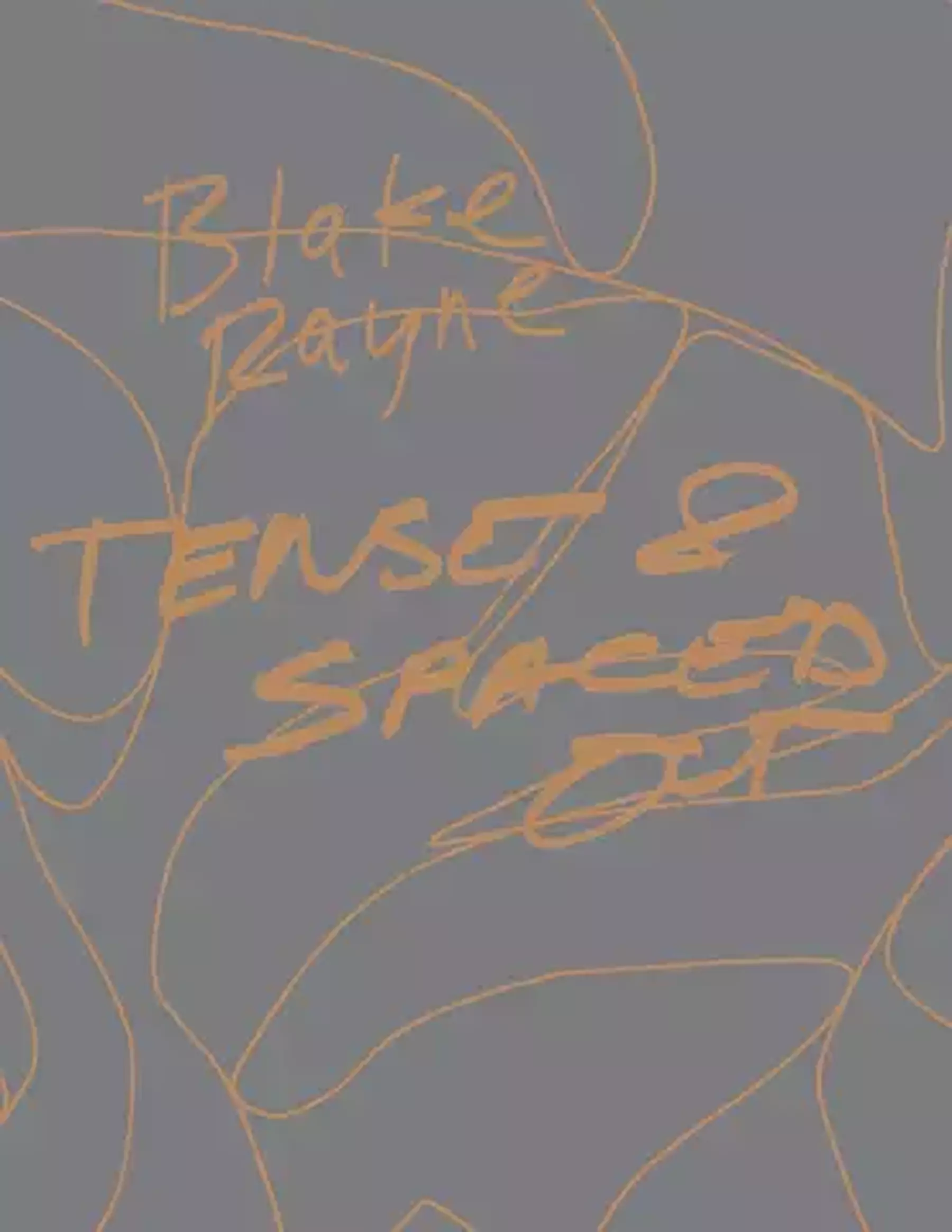A. R. T.
Tense and Spaced Out Polar Nights, Glacial Chaos, and the Ecology of Misery

Audience
Keywords
Blake Rayne’s paintings stem from the generative duplicity of words like Script, Folder, Application, Dissolve and Screen. These operative terms situate the work between forms of linguistic description and the history of reflexive material practices in art. He begins from an orientation that considers the terms “painter” and “painting” as fictions. They have no stable material definition, but rather are shaped by evolving social, institutional and physical relations. Rayne’s mode of abstract painting is irrevocably marked by Conceptual art. Here, context is constitutive. Conceived as a work, this monograph covers the last ten years of the artist’s output and culminates in his first survey exhibition at the Blaffer Art Museum in Houston, Texas.
Shifting sequences of varying material treatments guide us through the linguistic, institutional and physical relations that have shaped Rayne’s painting practice. The book is united under the structuring sign of cinema, with each section existing like a shot in a film, if you will, that is necessarily informed by and in dialogue with those that come before and after it:
- an opening sequence of particular series and individual paintings, moving through different operative terms, such as Crumple, Cut or Fold, that produce a dialectic between word and painterly gesture;
- an accounting of specific exhibitions and works through a series of pamphlets;
- an autonomous magazine dedicated to Rayne’s Almanac (2013), itself a hard cover, hand-bound book of eight felt double page spreads with an ‘a’ line cut that collapses under its own weight;
- documentation of Rayne’s Blaffer Art Museum exhibition produced by a group of twenty-nine area high school students;
- a closing sequence of installation views from the survey show.
The main essays by John Kelsey and Jaleh Mansoor respectively situate Rayne’s art within the urban cultural circumstances of New York during the last decade, and his specific position as a painter in relation to other painters of his generation, such as Cheyney Thompson. Mansoor further skillfully places the artist in a wider historical context. Shorter texts by gallerist David Lewis, artists Laura Owens and Sean Paul, as well as curator Javier Sánchez Martínez, illuminate other aspects of Rayne’s work, and weave together a range of ideas and tones, from the history of corporate design to the rise of automation; from a lighthearted intervention about “The Rule of Blake” to a museum catalogue introduction.